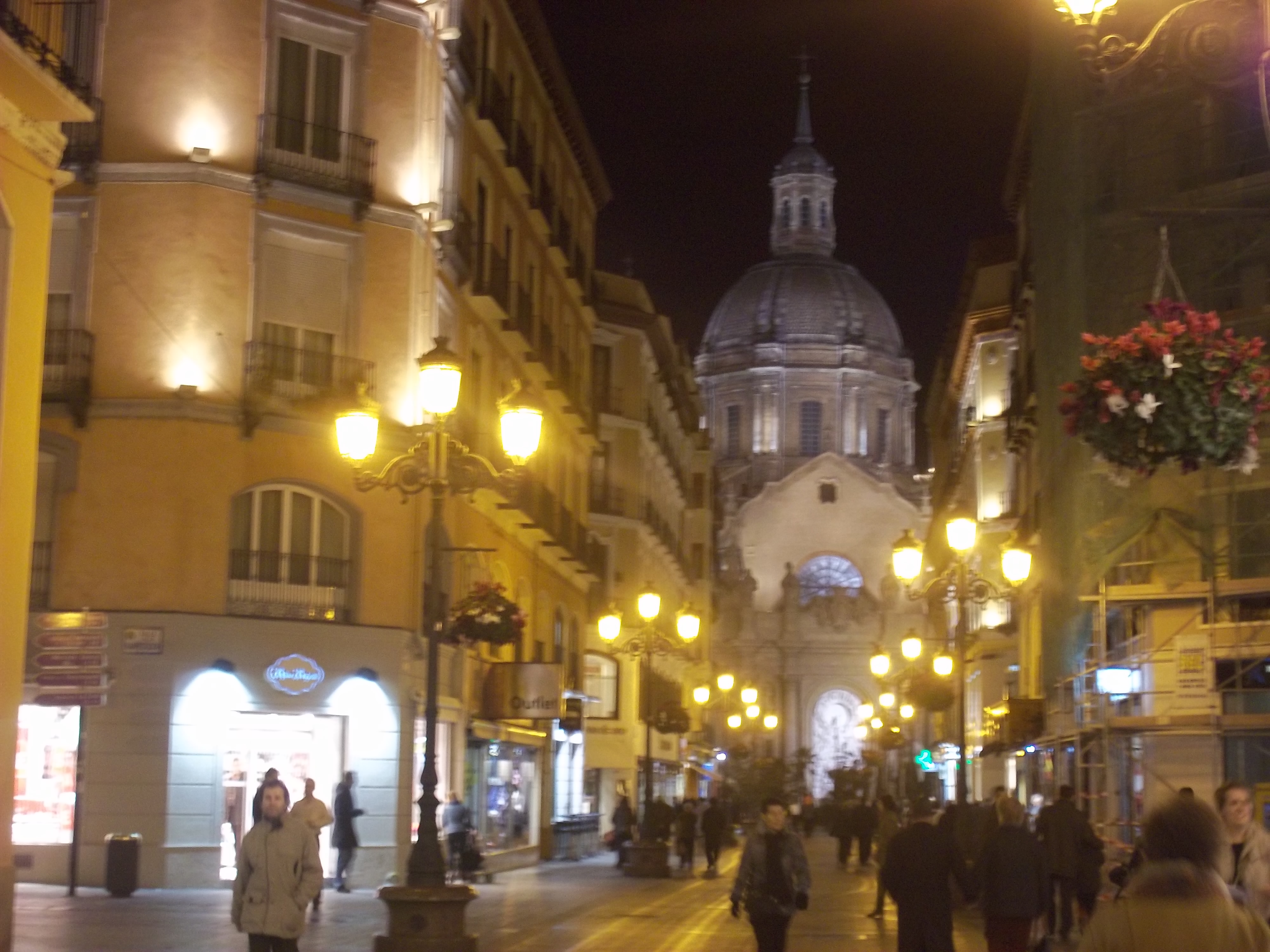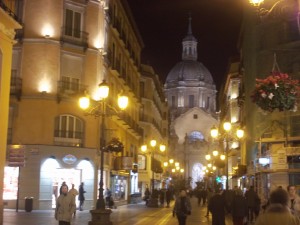This is probably going to sound incredibly obvious, but I feel like I’m living in a completely different world than the one that I’m used to. And yes, there are plenty of factors that contribute to that statement – the language (duh), the buildings on every block that are older than the United States, the cobblestone streets, the abundance of mopeds and tiny cars, or the laundry hanging from balconies to air dry. However, the biggest difference I’ve noticed between living in the U.S. and living in Spain is this crazy concept of the “Spanish Clock.”
Being born and raised in the fast-paced, “every second counts” American culture, living as a pseudo-Spaniard has come as an immense culture shock. I’m sure you’ve heard the stereotype that pokes fun at how the Spanish are never on time. That stereotype is true. On my first day of classes last week, my professor told us that she likes to sleep in, and will probably show up 15-20 minutes late to class on a daily basis. Like, no biggie. I just kind of show up when I want to.
As strange as that was, what I’ve found to be even stranger is the fact that the entire city shuts down at 1:30 pm to go to lunch. With the exception of some restaurants, every single business that I pass on my way home from school each day – from banks to pharmacies to clothing stores – has its doors locked up tight and its lights turned off. Kids get out of school at this time, too, only to return later in the afternoon. The busy streets clear out as people go home, traffic is nonexistent. To my American mind, it’s surreal – like every day at 1:30, someone turns off the power switch and doesn’t turn it back on until 4:30 or 5 pm.
Another aspect of the Spanish clock that is still taking a lot of getting used to are the mealtimes. Lunch here doesn’t happen until between 2 and 3 pm. It’s the biggest meal of the day, and for my host family (and most families here), it’s the time of day when everyone in the house comes together around the table to catch up. After lunch, everyone takes a siesta – a nap/chill-out period ranging between an hour and three hours. The city comes back to life after that, and people go back out to run errands, go for a jog, or to get back to work for a few evening hours. Dinner is usually much smaller than lunch is, and is usually between 9:30 and 10 pm (I feel like I may never get used to how late that is!)
In the end, what I think it comes down to is that the Spanish live with different priorities than what we have in the United States. Time spent resting isn’t considered to be time wasted – in fact, it’s a crucial part of each day that’s built into the rhythm of even the most buzzing of Spanish cities. You don’t see anyone hustling to work with a to-go bag in their hands, or chugging a travel mug of coffee in the car. Instead, you see people sitting at cafes for hours, indulging in good conversation and good food, paying no attention to the thought of the work that awaits them back at the office. It’s definitely a different way of living, and although I don’t think I’ll return to the states with a “Spanish Clock” engrained in my mind, I’ll certainly take with me a valuable lesson about remembering to find some time each day to simply be peaceful.


Leave a Reply